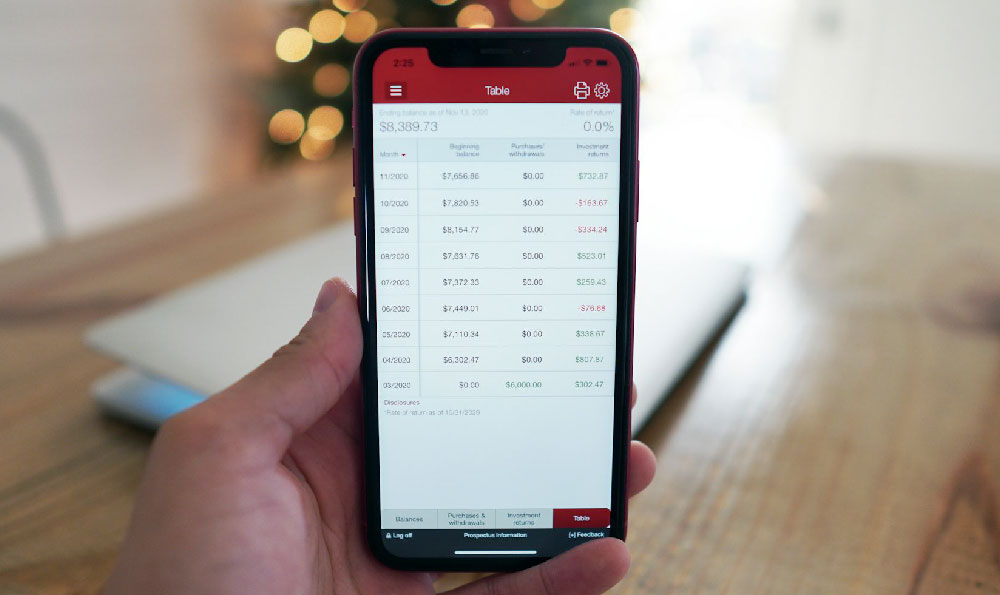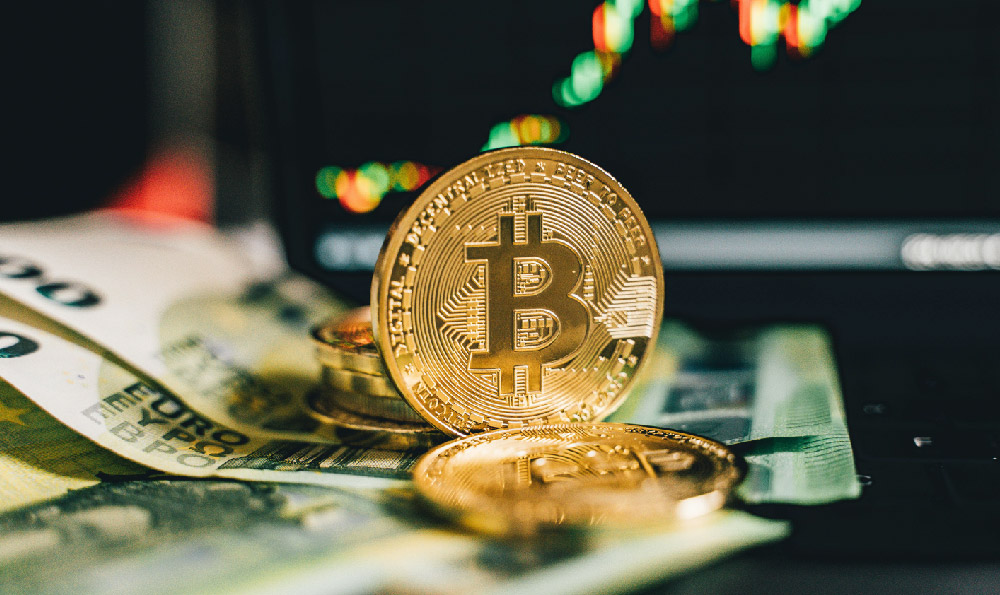Bitcoin, as one of the pioneering cryptocurrencies, has ushered in a new era of financial possibilities by challenging traditional notions of capital appreciation and value creation. In the digital landscape where blockchain technology redefines ownership and transaction mechanisms, individuals seeking to generate income with Bitcoin must navigate a complex ecosystem of opportunities and risks. The key lies not only in understanding the fundamentals of the asset but also in exploring diverse strategies that align with personal financial goals and risk tolerance.
One of the most straightforward methods to capitalize on Bitcoin's value is through long-term holding, often referred to as "hodling" in the community. This approach relies on the premise that Bitcoin's market value will appreciate over time due to its limited supply and increasing adoption. Investors who choose this strategy typically buy Bitcoin and retain it in a secure wallet, either hardware or software, for periods ranging from months to years. While this method requires patience and the ability to weather market fluctuations, it offers the potential for substantial returns if Bitcoin's price trajectory continues to climb. However, it is essential to recognize that holding Bitcoin without active management entails exposure to volatility, regulatory shifts, and macroeconomic factors that can influence its value.
For those with a higher risk appetite, trading Bitcoin presents a dynamic avenue for generating income. Futures trading, leveraged positions, and derivatives have expanded the market's depth, allowing traders to profit from both price increases and declines. Technical analysis, which involves studying price patterns and market trends on charts, and fundamental analysis, which examines factors like adoption rates and technological advancements, are commonly employed tactics. Candlestick patterns and moving averages can signal potential entry and exit points, while macroeconomic indicators and news cycles provide insight into market sentiment. Nevertheless, trading requires rigorous research, a well-defined strategy to manage risk, and emotional discipline to avoid impulsive decisions. The rapid pace of price movements and the inherent unpredictability of crypto markets make this approach unsuitable for beginners or those lacking a robust understanding of financial markets.

Another promising avenue is mining, which involves validating transactions and securing the blockchain network in exchange for newly minted Bitcoin. Mining operations typically require specialized hardware, such as ASICs, and a significant initial investment due to energy and maintenance costs. While mining can yield immediate rewards, it is increasingly becoming unprofitable for individual miners due to rising electricity prices and the dominance of large-scale mining farms. Moreover, the environmental impact of mining has sparked regulatory scrutiny in some jurisdictions, making it a less viable option for those prioritizing sustainability.
The rise of decentralized finance (DeFi) has introduced new opportunities for earning income with Bitcoin through lending, borrowing, and yield farming. By depositing Bitcoin into DeFi protocols, users can generate interest income based on the demand for their asset within the platform's ecosystem. This process often involves smart contracts that automate transactions and eliminate the need for traditional intermediaries. While DeFi offers the potential for higher returns compared to traditional savings accounts, it also introduces risks such as smart contract vulnerabilities, liquidity risks, and the possibility of project failures. The lack of regulatory oversight further amplifies these risks, necessitating careful due diligence before engaging with DeFi platforms.
Beyond traditional methods, participation in the Bitcoin ecosystem through NFTs (non-fungible tokens), governance tokens, and metaverse projects has opened alternative income streams. Bitcoin's blockchain can be leveraged for creating unique digital assets, and its integration with NFT marketplaces enables liquidity and value creation through secondary sales. Additionally, investors can earn income by contributing to the governance of Bitcoin-related projects, thereby influencing protocol upgrades and community decisions. However, these avenues often demand a deeper understanding of the crypto space, as well as the ability to assess the viability of specific projects. The speculative nature of many NFT and metaverse ventures requires careful evaluation to avoid overpaying for assets with uncertain future value.
The decision to engage in these strategies must also consider the broader context of risk management. Security remains a paramount concern, as exchanges and wallets are frequent targets for cyberattacks. Implementing multi-factor authentication, using cold storage solutions, and avoiding phishing attempts are critical steps in safeguarding investments. Additionally, understanding the tax implications of Bitcoin-based income is essential, as capital gains taxes and reporting requirements vary across jurisdictions. Finally, diversification is a key principle in any investment strategy, as concentrating wealth in Bitcoin exposes investors to single-asset risks. Combining Bitcoin with other assets, such as stocks, bonds, or traditional currencies, can help balance the portfolio and mitigate potential losses.
In conclusion, generating income with Bitcoin is a multifaceted endeavor that requires both strategic insight and adaptability. While holding Bitcoin offers the potential for passive appreciation, trading, mining, and DeFi provide more active avenues for income generation. Each method carries distinct risks and rewards, necessitating personalized approaches that align with individual financial objectives and risk profiles. As the crypto market continues to evolve, investors must remain informed, disciplined, and willing to adapt their strategies to navigate this dynamic landscape successfully.












